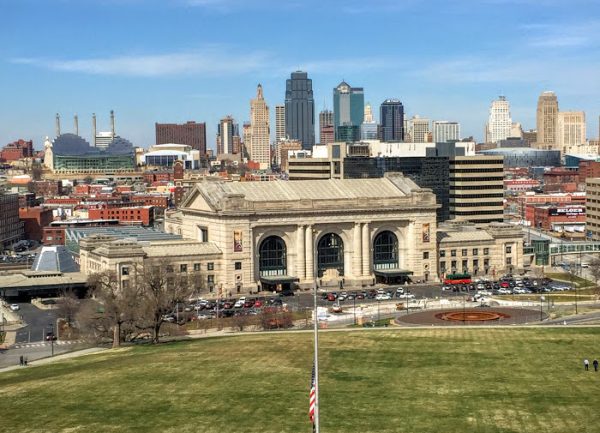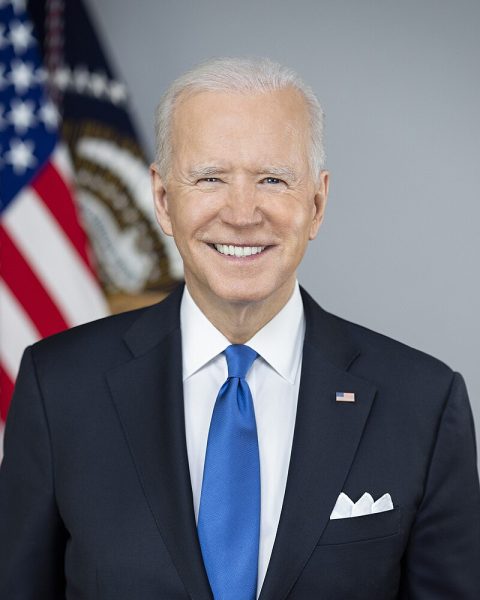Federal Reserve keeps rates zero
On Sept. 16, nine Federal Reserve bank presidents and Janet Yellen, chair of the Federal Reserve, all met in Washington, D.C.
After a two-day meeting and hours of discussing the current financial conditions of the United States, the fate of the economy was sealed.
On Sept. 17, Yellen announced the highly anticipated decision. The federal funds rate, the driving force behind U.S. economics, is to remain unchanged.
Stock markets soared, the Dow Jones jumped 200 points and investors around the world celebrated. Keeping interest rates at zero not only means investment and mortgage payments will remain the same, but also that consumer spending could continue to grow at the same speed.
“Wall Street was just waiting for the decision of the Federal Reserve,” said junior and economics major Yves Dusenge. “As soon as the decision came out the stock markets took off.
“Although the U.S. economy seems to be growing at a very fast speed, it hasn’t reached the point that the Federal Reserve should raise interest rates.”
Even with an unemployment rate of 5.1 percent, the Federal Reserve is hesitant to raise interest rates while the inflation rate sits at 0.2 percent.
“Since consumer spending is a large part of GDP, I believe consumers were greatly anticipating the decision,” said Early College junior and macroeconomics student Rahul Gupta. “Because the interest rates remained the same, spending has room to increase and the GDP should increase as a result too.”
However, stock markets began to plummet again a day after the decision was released, the opposite of what most economists were predicting.
“These are uncharted waters,” said President Emeritus and Professor of Political Science Kent Chabotar. “Keynesian economics used to be predictable, but we are now in a situation where a lot of the old rules don’t work.
“This has been the longest time they have kept interest rates at zero and yet unemployment is down and tax revenues are up.”
Nevertheless, keeping interest rates low affect the rest of the world as well.
“The message this decision sends out to other nations is that the world is growing slowly, and the markets in China and Europe may be enough to derail the world wide recovery,” said Chair and John K. Voehringer Jr. Professor of Economics Robert G. Williams.
“The board was very wise in waiting to see how the wild card (international economy) plays out before wanting to raise rates because the brakes that the Federal Reserve would apply by increasing the rates could be coming in on its own from the global perspective.”
However, not everyone in the Federal Reserve supported the idea of keeping interest rates at zero. Jeffrey Lacker, president of the Federal Bank of Richmond, voted against the final decision. Instead, he wanted to raise the interest rates to .25 percent.
“Exceptionally low real interest rates are unlikely to be appropriate for an economy with persistently strong consumption growth and tightening labor markets,” said Lacker in a press release.
Although interest rates were not increased this time, Lacker still has time to build a stronger case.
“By changing the interest rates from zero to zero the Feds are signaling the limits of what they are doing,” said Associate Professor of Political Science and Environmental Studies Co-Chair Kyle Dell.
“To a great extent they are acknowledging that this tool in influencing the overall American economy has really played itself out and that the rates are not going to stay where they are now.”





